Bonnethead Shark Facts
- The distinctive term of Bonnethead Shark serves as the most frequently used of several common names for this fascinating marine creature. The wonder also goes by the somewhat inventive alternate name of the shovelhead, as well as that of the bonnet shark.
- The scientific name for it, meanwhile, remains comparatively simple, as such technical terms go. That’s because the large fish bears the official name of the Sphyrna tiburo. By either of these terms, though, it represents yet another impressive variety of hammerhead shark.
- The first known scientific recognition of it as a separate and distinct species took place long ago. More specifically, that noteworthy event happened in the year 1758. That further resulted from the research of the renowned Swedish zoologist and botanist, Carl Linnaeus.
- Its known population appears to be relatively stable in only certain limited portions of its range. Regrettably, the amazing Bonnethead Shark appears to be suffering from significantly reduced numbers in other regions, however. It’s been heavily targeted in fishing practices.
- This unfortunate fact further holds true in several portions of its natural range. Due to this overall decline, the IUCN now lists the marvelously evolved marine species as Endangered. This lamentable status is reflected in the organization’s Red List of Threatened Species.
- This single species accounts for as much as half of all shark catches in its range. The intriguing fish also suffers from other dangers as well. Habitat degradation and outright loss form an obvious threat, of course. Nevertheless, climate change must also now be considered a threat.
Related Articles
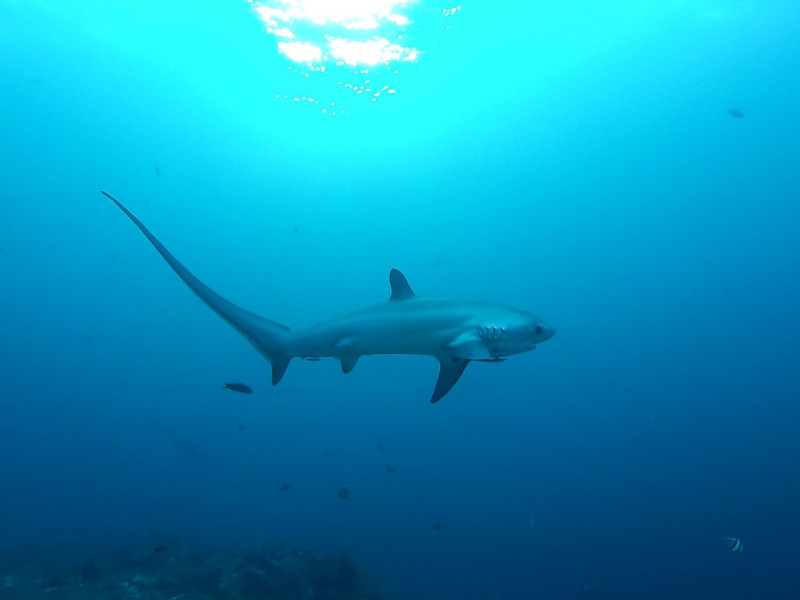
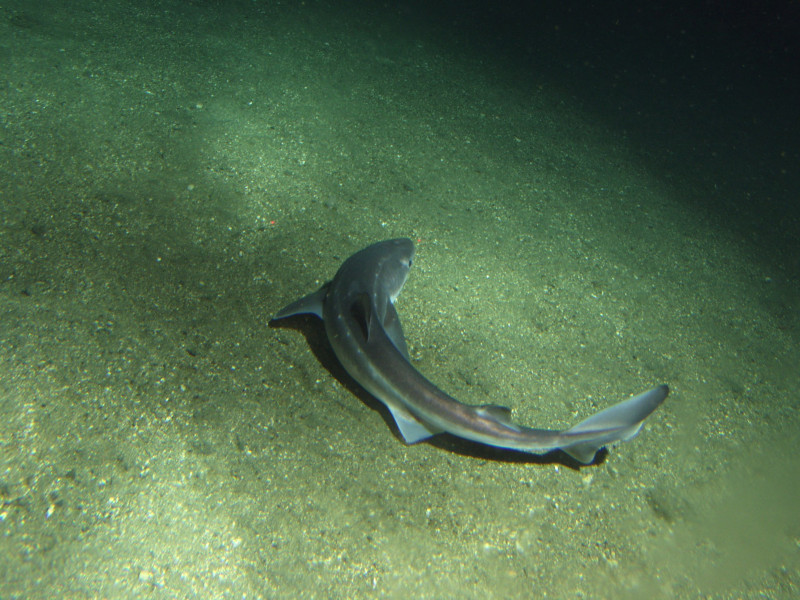
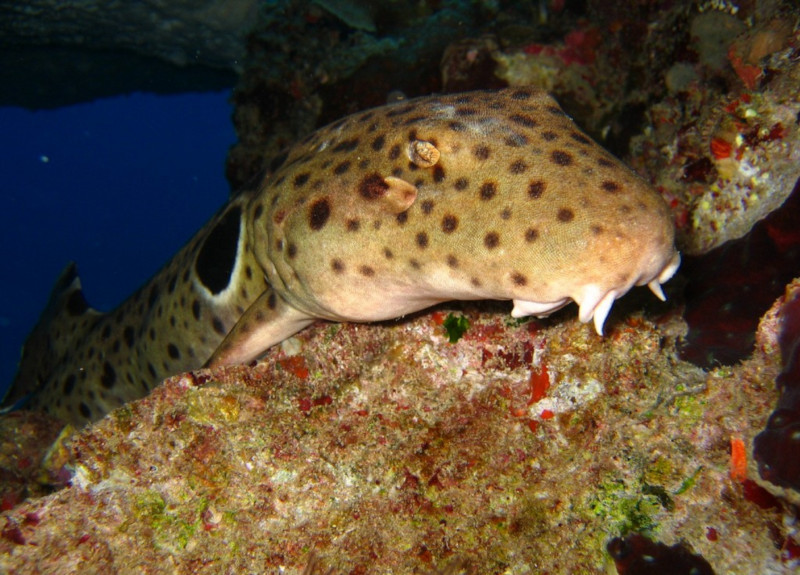
Bonnethead Shark Physical Description
The fascinating Bonnethead Shark impresses those individuals who learn of its existence for reasons other that sheer size. That’s due to the simple fact that it’s a fairly small species. In point of fact, this marvel of Nature forms the smallest of all currently known varieties of hammerhead shark.
The fascinating creature also displays only a slight degree of the physiological characteristic known as sexual dimorphism. In this specific instance, that trait manifests itself in terms of physical size. More precisely, the females of the species tend to attain slightly greater lengths than the males.
Overall, however, individual examples of this variety of hammerhead shark reach an average body length measuring roughly 2 – 3 ft (0.61 – 0.91 m). Exceptional specimens do naturally occur, though. Due to this, the largest example measured to date reached approximately 5 ft (1.5 m) in length.
Most frequently, the upper portion of the body of the captivating Bonnethead Shark presents a dull grayish-brown color to the observer. The underside, meanwhile, usually develops as markedly lighter in coloring. It also develops a smooth, broad, shovel-like head, hence the common name.
- Kingdom: Animalia
- Phylum: Chordata
- Class: Chondrichthyes
- Order: Carcharhiniformes
- Family: Sphyrnidae
- Genus: Sphyrna
- Species: S. tiburo
Bonnethead Shark Distribution, Habitat, and Ecology
The incredible Bonnethead Shark inhabits a relatively small portion of the marine regions of the world. Not only that, but its range also happens to be highly specialized in nature. That’s because, throughout its entire range, it only appears in a comparatively narrow strip along the shoreline.
More precisely, it primarily appears along the east and west coasts of the United States, in North America. To the east, however, individuals live as far south as the Gulf of Mexico and Brazil, in South America. The northern part of its zone of habitation reaches as far as New England.
In the west, meanwhile, a few reported populations appear as far south as the waters near the country of Ecuador, in South America. To the north, in the Pacific Ocean, though, this shark makes appearances as far up the coast as southern California. Groupings further appear sporadically.
This species also migrates comparatively long distances with the seasons in both parts of its range. As a result of this, individuals generally move southward as the water temperature changes. This shark typically prefers to inhabit regions with water temperatures reaching over 70 F (21 C).
This marvel of Naure and evolution also displays a fondness for specific types of habitat. These mainly include seagrass, areas with very muddy or sandy bottoms. It also, however, sometimes lives in shallow bays and estuaries. In these regions, though, it prefers the presence of seagrass.
Most commonly, the Bonnethead Shark travels in moderately small groups. These generally number no more than 1 individual, except during migrations. At this time, they may be found in groups of hundreds or occasionally even thousands. Females usually prefer very shallow water for birthing.
This species stands apart from all other known sharks in one surprising way. This occurs despite being the smallest of its kind, proving Nature has no care for such matters. That’s because all other sharks feed entirely as carnivores. This species, though, is an omnivore, occasionally eating seagrass.
Species Sharing Its Range
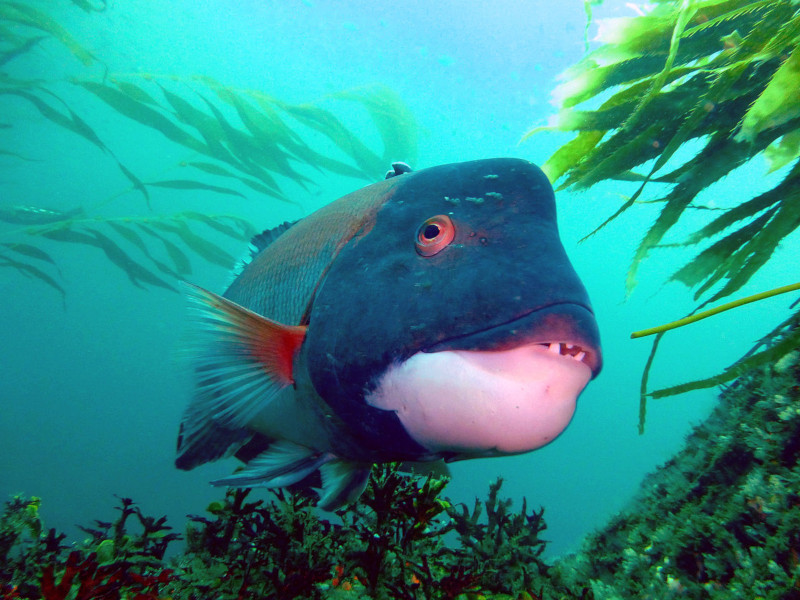
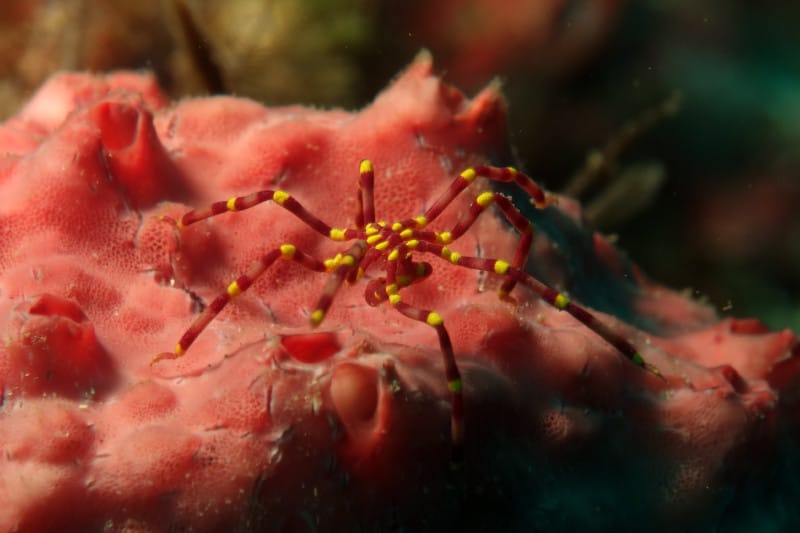
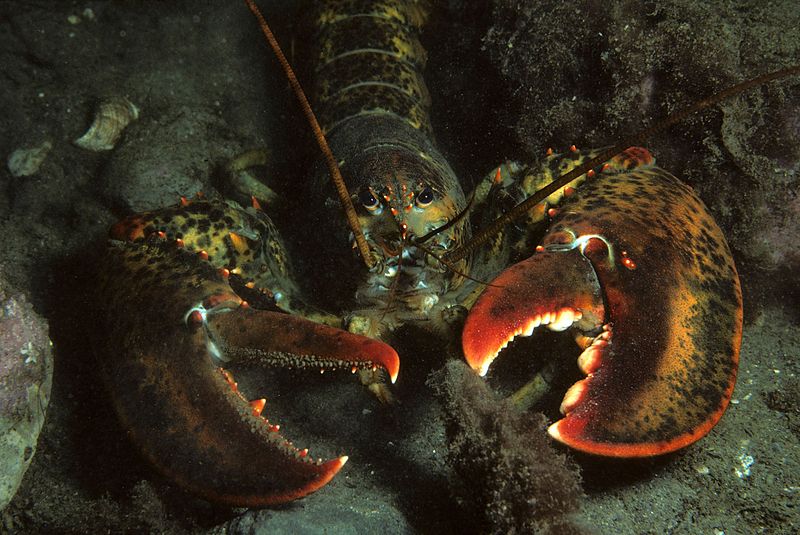
Check out our other articles on Earth’s Many Magical Moths, Wood Frog, Victoria Falls, Chinese Mantis, Cypripedium calceolus, Swift Fox, Pesquet’s Parrot, Little Auk, Rainbow Snake
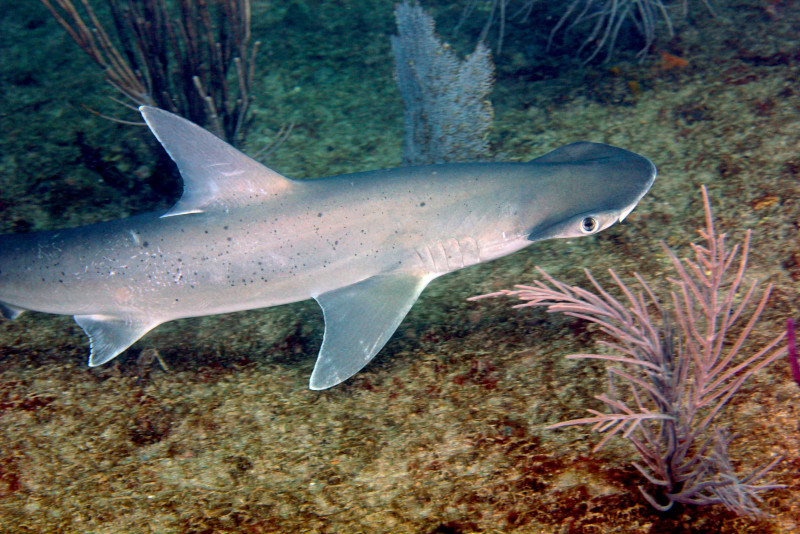
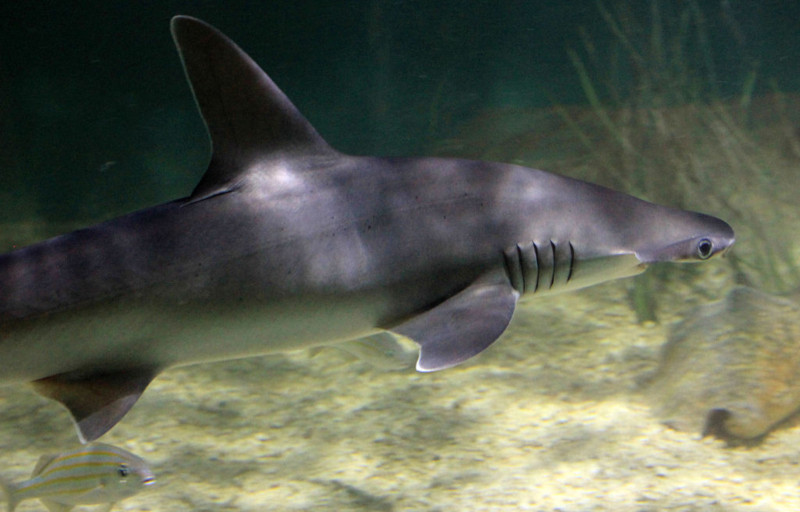
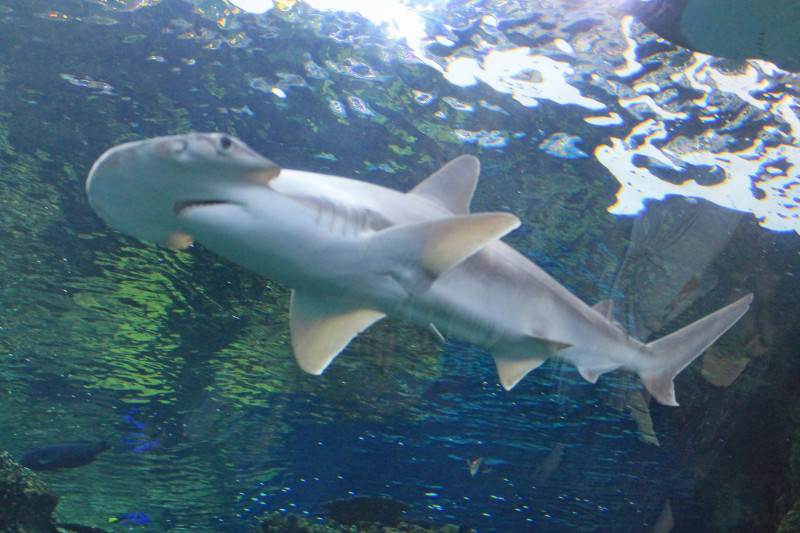









Leave a Reply